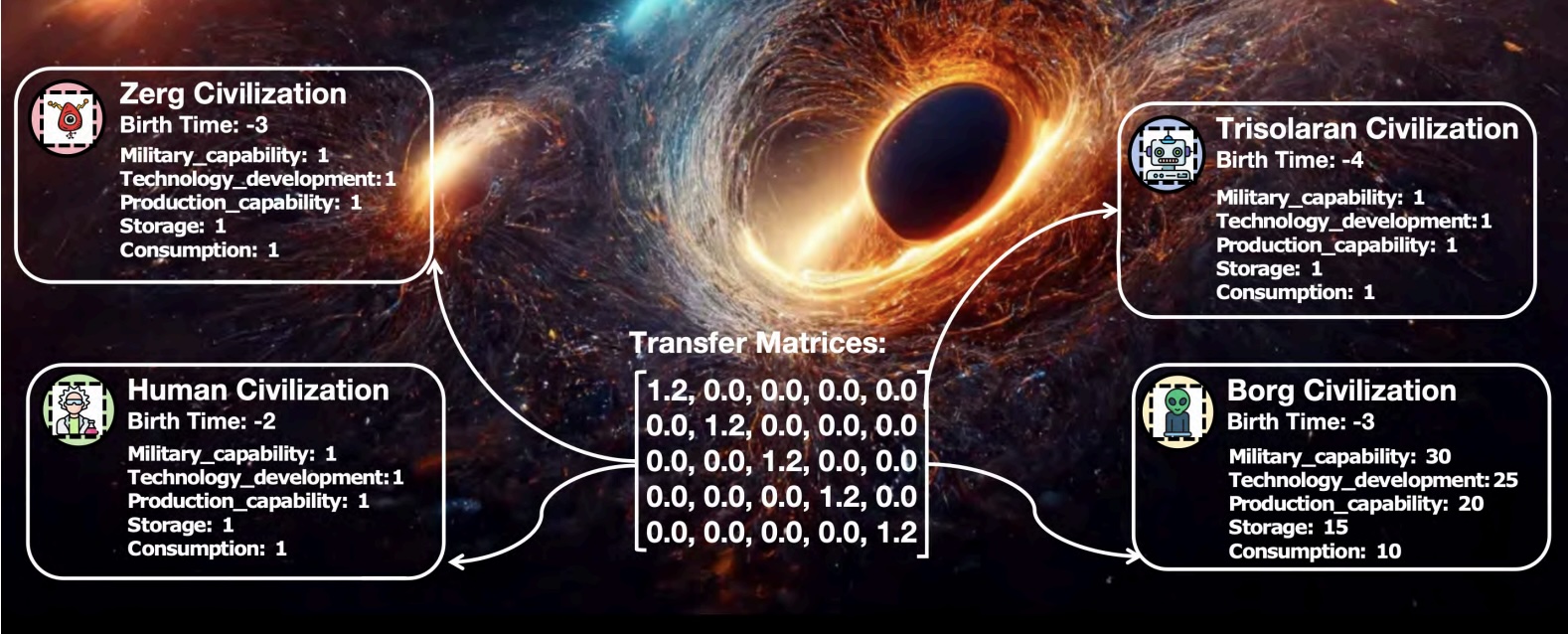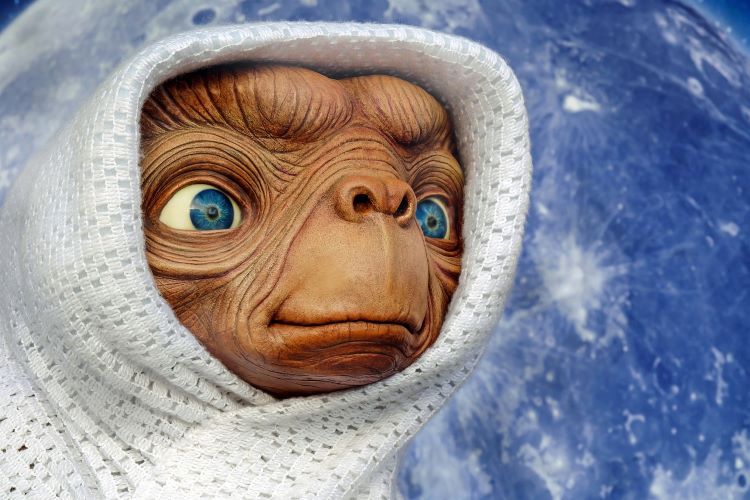I’ve been an avid stargazer for a fair few decades now and not once have I seen anything that makes me believe we are being visited by aliens! My own experiences aside, there’s no evidence of alien visitations but it seems much of the population believes anything that they cannot immediately identify in the sky MUST be ailens. A new paper suggests there are costs associated with increasing claims such as disctractions to government programs and background noise that hampers science communication. How on Earth should we deal with it? If debunking doesn’t work, then maybe its time for a scientific investigation.
Continue reading “Are Claims of Alien Visitation Causing a Problem to Society?”Did Earth’s Multicellular Life Depend on Plate Tectonics?

How did complex life emerge and evolve on the Earth and what does this mean for finding life beyond Earth? This is what a recent study published in Nature hopes to address as a pair of researchers investigated how plate tectonics, oceans, and continents are responsible for the emergence and evolution of complex life across our planet and how this could address the Fermi Paradox while attempting to improve the Drake Equation regarding why we haven’t found life in the universe and the parameters for finding life, respectively. This study holds the potential to help researchers better understand the criterion for finding life beyond Earth, specifically pertaining to the geological processes exhibited on Earth.
Continue reading “Did Earth’s Multicellular Life Depend on Plate Tectonics?”An AI Simulated Interactions Between Different Kinds of Advanced Civilizations
The possibility for life beyond the Earth has captivated us for hundreds of years. It has been on the mind of science fiction writers too as our imaginations have explored the myriad possibilities of extraterrestrial life. But what would it really be like if/when we finally meet one; would it lead to war or peace? Researchers have used a complex language model to simulate the first conversations with civilisations from pacifists to militarists and the outcomes revealed interesting challenges.
Continue reading “An AI Simulated Interactions Between Different Kinds of Advanced Civilizations”Since Aliens Obey the Laws of Physics, Can We Guess What They Look Like?
Since time immemorial, humans have gazed up at the stars and wondered if we’re alone in the universe. We have asked if there are other intelligent beings out there in the vastness of the cosmos, also known as extraterrestrial intelligence (ET). Yet, despite our best efforts, we have yet to confirm the existence of ET outside of the Earth. While the search continues, it’s fair to speculate if they might look “human” or humanoid in appearance, or if they could look like something else entirely. Here, we present a general examination and discussion with astrobiologists pertaining to what ET might look like and what environmental parameters (e.g., gravity, atmospheric makeup, stellar activity) might cause them to evolve differently than humans.
Continue reading “Since Aliens Obey the Laws of Physics, Can We Guess What They Look Like?”A New Plan to Search for Extraterrestrial Artifacts at Earth and Across the Solar System
On October 19th, 2017, astronomers made the first-ever detection of an interstellar object (ISO) in our Solar System. This body, named 1I/2017 U1 (‘Oumuamua), was spotted shortly after it flew by Earth on its way to the outer Solar System. Years later, astronomers are still hypothesizing what this object could have been (an interstellar “dust bunny,” hydrogen iceberg, nitrogen icebergs), with Harvard Prof. Abraham Loeb going as far as to suggest that it might have been an extraterrestrial solar sail.
Roughly three years later, interest in extraterrestrial visitors has not subsided, in part because of the release of the Pentagon report on the existence of “Unidentified Aerial Phenomena.” This prompted Loeb and several of his fellow scientists to form the Galileo Project, a multi-national, multi-institutional research team dedicated to bringing the search for Extraterrestrial Technological Civilizations (ETC) into the mainstream.
Continue reading “A New Plan to Search for Extraterrestrial Artifacts at Earth and Across the Solar System”



